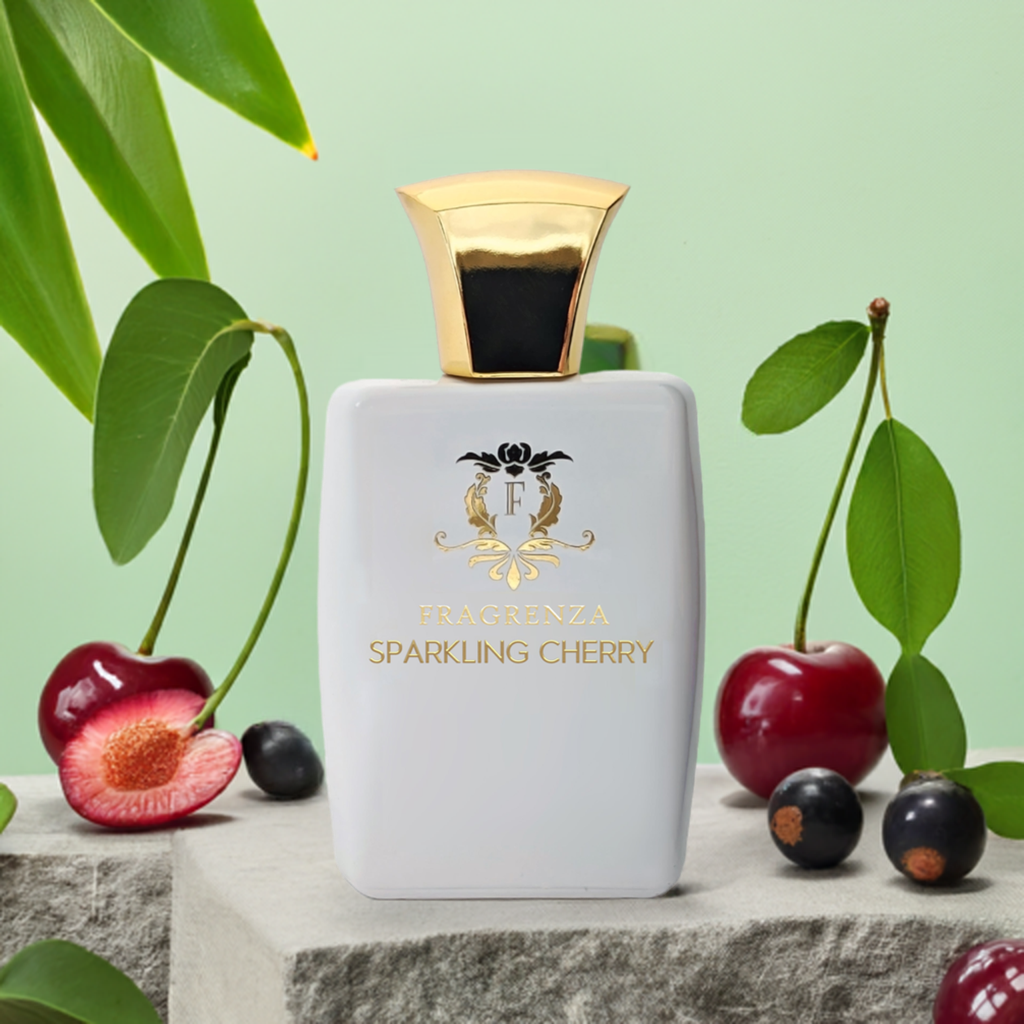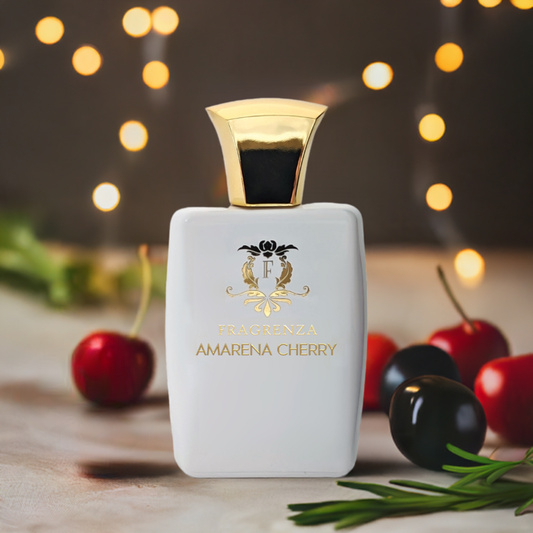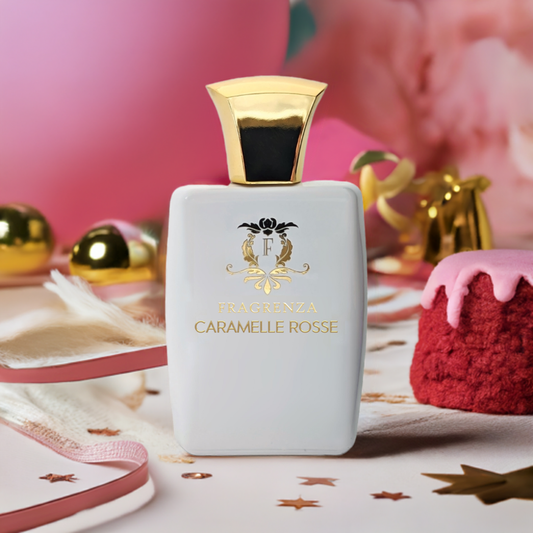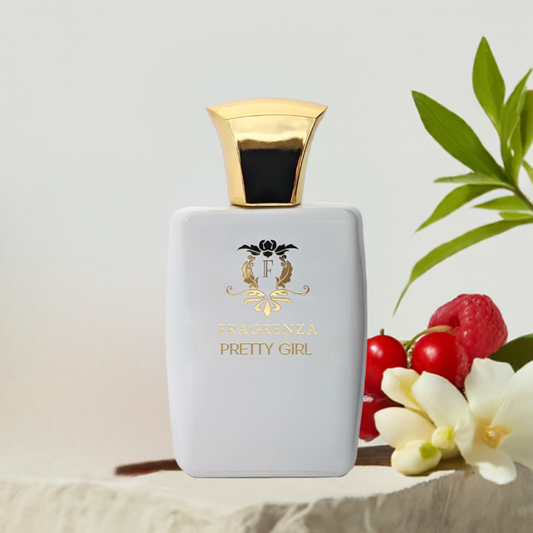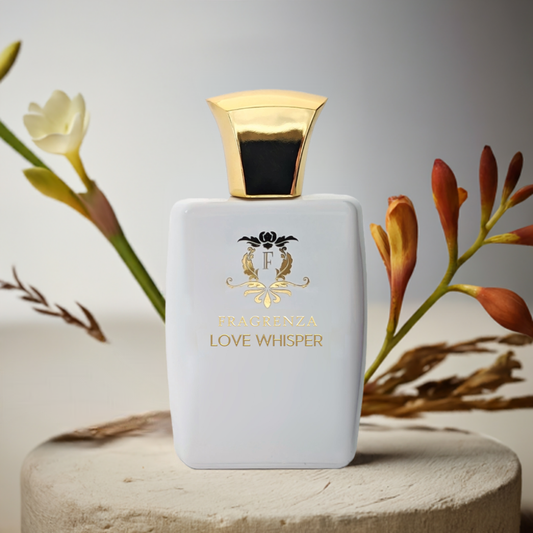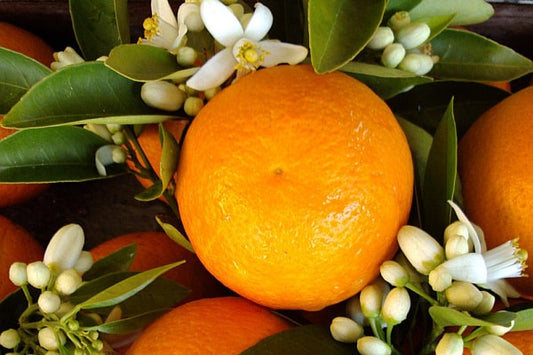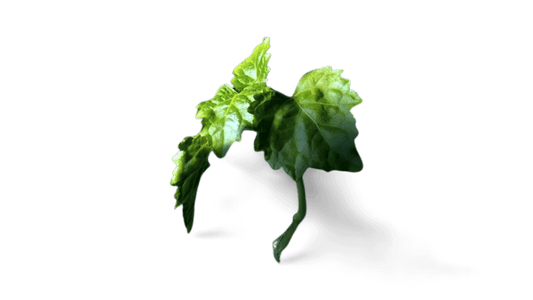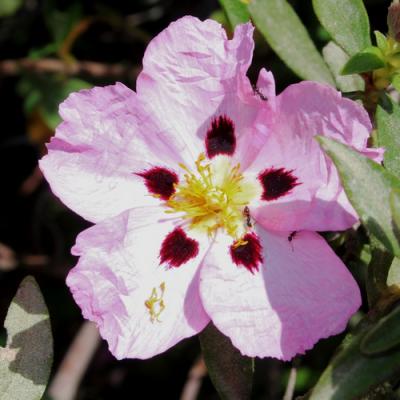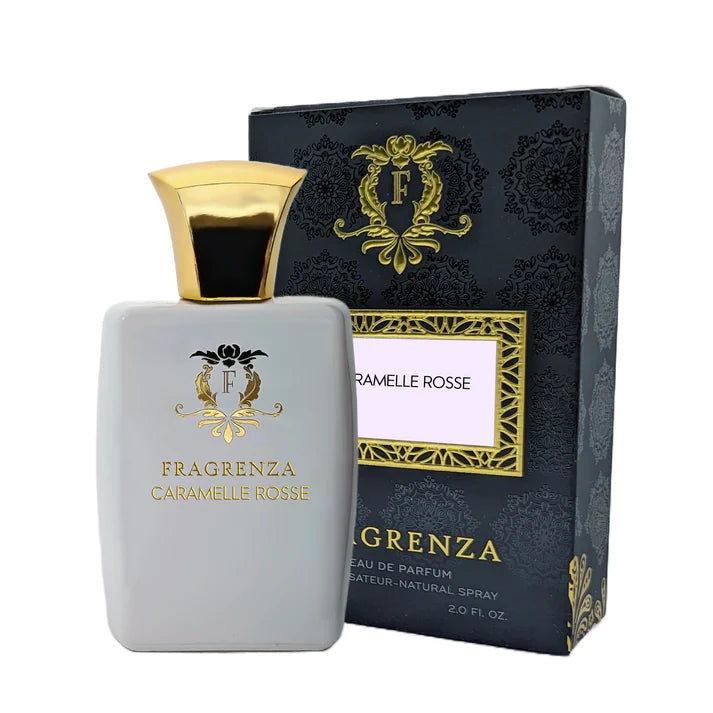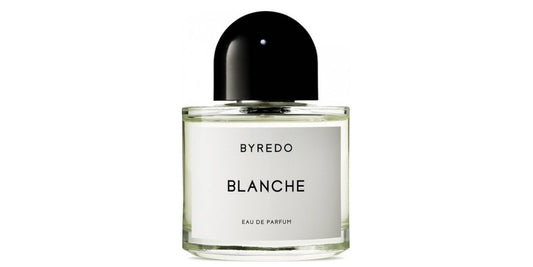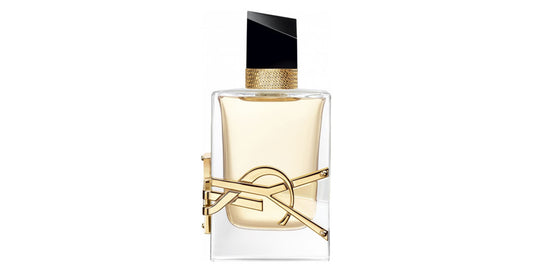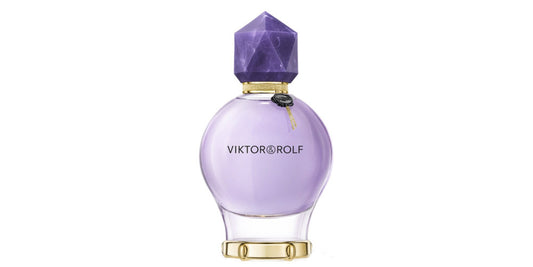Laurel in perfumery
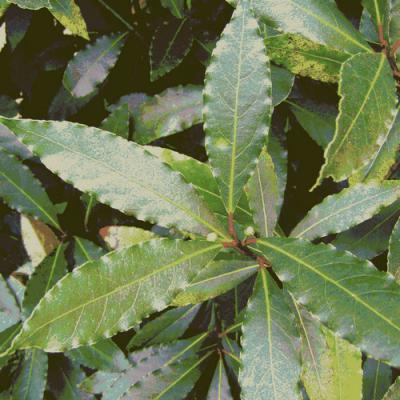
In This Article
The Origins of Laurel
Laurel is a plant that belongs to the Laurus genus and the Lauraceae family. However, it is essential to note that the term "laurels" in French is often used to refer to various plants that do not necessarily belong to these families. In this context, we are discussing the entirely green tree devoid of flowers, also known as laurel nobilis, true laurel, noble laurel, laurel of Apollo, or laurel sauce. This evergreen shrub is native to the Mediterranean basin, typically measuring 2 to 6 meters, and is commonly found in French gardens. Though initially from Asia Minor, laurel was introduced to Greece at an early stage, carrying a mythological origin.
According to legend, the nymph Daphne metamorphosed into a laurel tree to escape the advances of the solar god Apollo. Consequently, laurel symbolized glory, and it is now an emblem of athletes' triumph, particularly during the Olympic Games. In ancient times, laurel was also a sacred inspirational plant for poets. Today, laurel is utilized for its benefits and aromatherapy virtues, as well as in perfumery. It has properties that combat degeneration and acts directly on pain from rheumatism, osteoarthritis, and ulcers. Additionally, it is recommended for treating bronchitis, oily skin, and acne.
Laurel in Perfumery
Steam distillation is the method used to extract the scent of laurels in perfumery. Two parts of the bay leaf are used: the leaves and the flower. The leaves are primarily employed in men's perfumes, providing an aromatic, camphoraceous, and spicy note. Conversely, the more refined and floral laurel flower is used in women's perfumes.
Several contemporary fragrances contain laurel. Serge Lutens, for instance, is a devoted fan, incorporating laurel into its renowned Ambre Sultan and Arabia perfumes. Clarins has also included laurel in the composition of its Eau des Jardins, while Guerlain has made it the star of the Aqua Allegoria Laurel Licorice fragrance.
Fun Facts About Laurel
- In ancient Rome, laurel wreaths were symbols of victory, worn by victorious commanders and emperors to signify their accomplishments.
- Laurel leaves have culinary uses as well, especially in Mediterranean cuisine, where they are used to flavor soups, stews, and sauces. They impart a subtle, aromatic flavor to dishes.
- It is believed that the term "resting on one's laurels" originated from the ancient Greek tradition of awarding laurel wreaths to victors, as laurels were associated with success and accomplishment. The phrase now means to rely on past achievements instead of working towards new ones.
- In the Middle Ages, people believed that laurel leaves could protect them from lightning strikes and witches. They would hang the leaves around their homes for added protection.
- Apollo, the Greek god of music, poetry, and sunlight, is often depicted wearing a crown of laurel leaves. This association led to the tradition of awarding laurel wreaths to poets, musicians, and scholars in ancient Greece.
- Laurel essential oil, derived from the leaves of the plant, is used in aromatherapy to relieve stress, reduce anxiety, and promote mental clarity.
- In addition to its use in perfumery, laurel is also used in the production of soaps, candles, and other scented products, thanks to its pleasant and versatile aroma.
